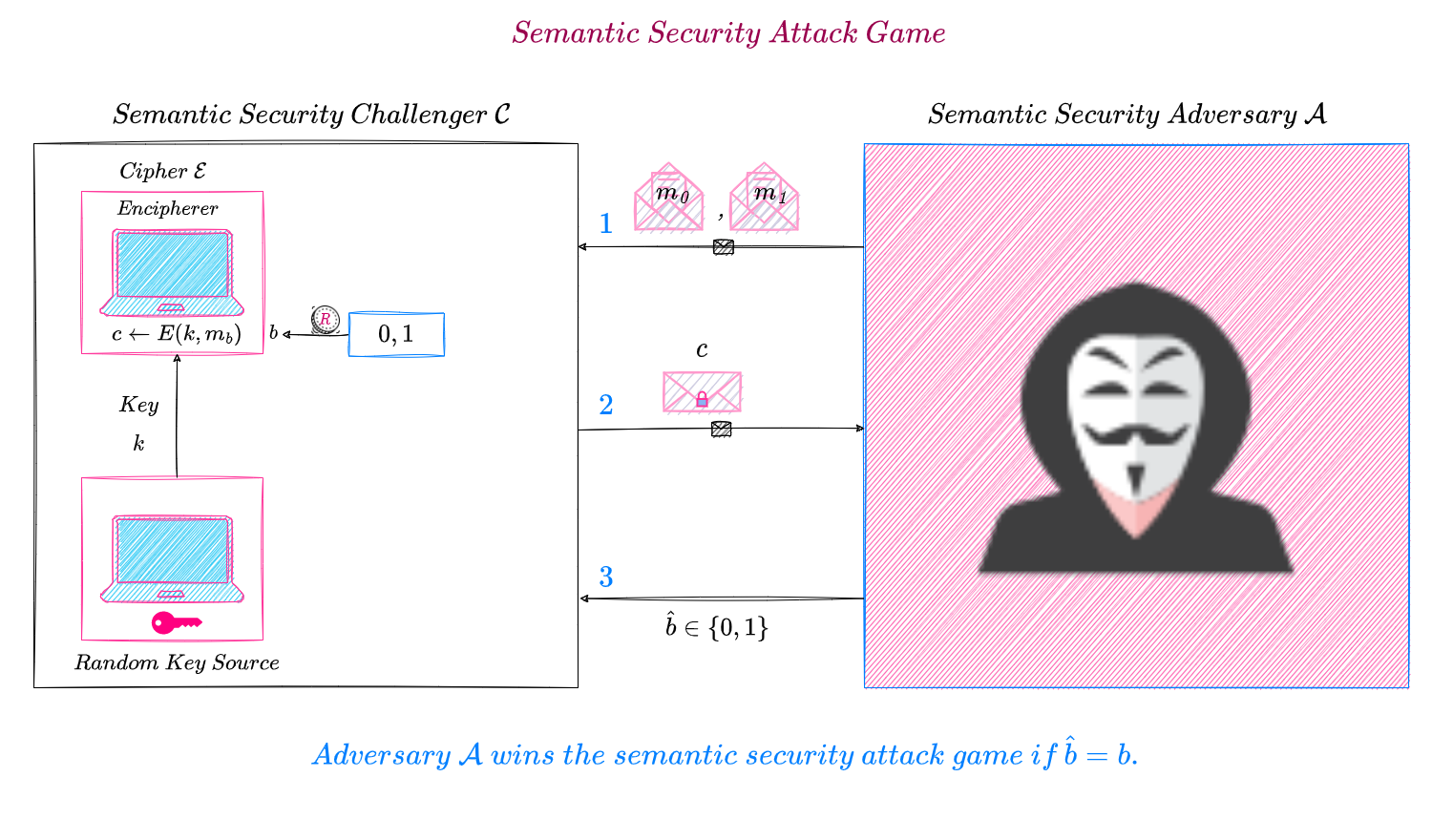The fabric of our digital universe is intricately woven with cryptographic algorithms, a tapestry that safeguards invaluable information. While the mechanics of cryptography may appear daunting, the art of storytelling and the allure of games can serve as a powerful conduit for understanding its principles. This exploration will delve into the compelling intersection of these domains, revealing how narratives and playful interactions can illuminate the complexities of cryptography.
First and foremost, storytelling possesses a profound capacity to convey complex ideas through relatable scenarios. It transforms abstract concepts into tangible experiences, allowing learners to grasp the significance of cryptography in the context of real-world applications. Imagine a world where confidential letters, sealed with intricate wax stamps, travel across perilous landscapes. These letters might contain secrets that could alter the course of history, echoing the importance of cryptographic principles like encryption and decryption.
In this imaginative framework, the characters within the tale become avatars of the cryptographic principles. A clever rogue could symbolize encryption techniques, employing clever disguises to shield vital information from prying eyes. Meanwhile, a steadfast guardian may embody the concept of integrity, ensuring that the messages remain unaltered during their journey. By personifying these concepts, storytelling provides an immersive learning environment where the abstruse notions of cryptography are encapsulated within a narrative arc that is both entertaining and instructive.
Transitioning from story to game mechanics, the principles of cryptography can also be imparted through engaging gameplay. The mechanics of games inherently involve rules, objectives, and challenges, mirroring the core attributes of cryptographic systems. In essence, a game can serve as a microcosm of cryptography, where players must navigate through puzzles that mirror the encryption and decryption processes.
Picture a strategy game wherein players must trade secret codes to forge alliances. Each code represents a key, and the strength of every alliance hinges on the mastery of cryptographic knowledge. As players engage in this exchange, they inadvertently learn about the significance of key management, the risks associated with revealing sensitive information, and the strategies for maintaining confidentiality. The stakes are high, and the thrill of discovery fuels an eagerness to delve deeper into the world of cryptography.
Moreover, games that incorporate escape room dynamics provide a literal interpretation of the cryptographic challenge. Within these confined spaces, participants are often required to decipher codes and riddles, relying heavily on their understanding of basic cryptographic principles. These puzzles often demand lateral thinking and collaborative strategies, reinforcing the idea that cryptography is not solely an individual pursuit—rather, it often relies on collective intellect to unravel complexities.
Intriguingly, the gamification of learning extends beyond traditional board games and video games. Interactive storytelling platforms have emerged as innovative tools that blend narrative with decision-making. These platforms allow learners to assume the role of a protagonist, making choices that influence the course of the story. Such choices often hinge on cryptographic principles; for instance, a decision might involve whether to trust a character based on the encryption level of the transmitted messages. In this manner, learners are not only absorbing knowledge passively but actively engaging in the creation of a flexible narrative that mirrors the unpredictability of real-world cryptographical encounters.
The allure of storytelling and games lies not only in their ability to convey knowledge but also in their capacity to engage the emotional spectrum. Cryptography is often portrayed as a cold, mathematical discipline, yet by framing it within the rich tapestry of human experience, the emotional stakes are raised. As learners become invested in the outcomes of the narratives or the challenges presented in games, the cryptographic principles become more memorable, thus fostering a deeper connection to the knowledge being imparted.
Moreover, collaboration through storytelling and gaming introduces a social element that is crucial for comprehensive learning. By sharing narratives and strategizing in games, participants engage in discourse surrounding cryptographic concepts. This discourse can lead to a more profound understanding of topics such as symmetric versus asymmetric encryption, as individuals articulate their interpretations and strategies. The communal aspect of learning nurtures diverse perspectives and insights, enriching the overall experience.
Although not all learners may resonate with traditional educational approaches, storytelling and games democratize the learning process. They cater to diverse learning styles, enabling individuals to engage with cryptographical concepts at their own pace and through their preferred modalities. This inclusivity cultivates an environment where participants are emboldened to explore, experiment, and ultimately excel in the realm of cryptography.
In essence, the concepts of cryptography are not merely confined to the annals of academia but are inherently intertwined with the human experience. Through storytelling, learners can immerse themselves in captivating narratives that breathe life into complex topics, while games provide a dynamic platform that encourages exploration and application of cryptographic principles. By harnessing the power of these mediums, anyone can embark on a journey to familiarize themselves with cryptography, illuminating a path where intrigue meets understanding, and the cryptic becomes clear. The interplay of storytelling and games offers a vibrant and accessible gateway into the intricate world of cryptography, inviting both novices and enthusiasts alike to partake in mastering a crucial skill of the digital age.








Leave a Comment